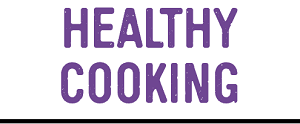Stress Relief
 Once people enter the workforce they often struggle to deal with juggling between their family and work responsibilities.
Once people enter the workforce they often struggle to deal with juggling between their family and work responsibilities.
Why is it that some people seem to achieve success in both areas, while many others continually struggle?
What many people fail to realize is that an optimum work-life balance can be better achieved through the process of a values-driven time management technique.
Of course, there are also those are aware of the approach, but fail to implement it for various reasons.
The Basics of the Time Management Process
The human brain is so great and clever that it easily becomes bored and distracted. While doing one task we may be thinking about another, or even musing things that are not at all related to the tasks we know we need to get done. We may even turn our attention to a new ‘task’ and forego the one we were attending to. Continue reading
 One of the first responses to a stressful event is a noticeable change in the respiration rate. If you are stressed, you’ll find you either breathe more rapidly or you go the other way and hold your breath. This is quickly followed by an increased heart rate and tightening of muscles as the stress hormones further kick in.
One of the first responses to a stressful event is a noticeable change in the respiration rate. If you are stressed, you’ll find you either breathe more rapidly or you go the other way and hold your breath. This is quickly followed by an increased heart rate and tightening of muscles as the stress hormones further kick in.
The good news is that our body has a parasympathetic nervous system that activates the “rest and digest” response to be able to rebalance, following the “fight or flight” response of the sympathetic nervous system.
When the stressful situation is over or diminished in intensity, a person will often find themselves taking deep breaths for relief.
These deep breaths are vital to trigger a recovery and relaxation response in the brain. This will enable a normal breathing pattern to establish, which subsequently slows the heart rate, expands the lungs and relaxes the muscles. Continue reading






